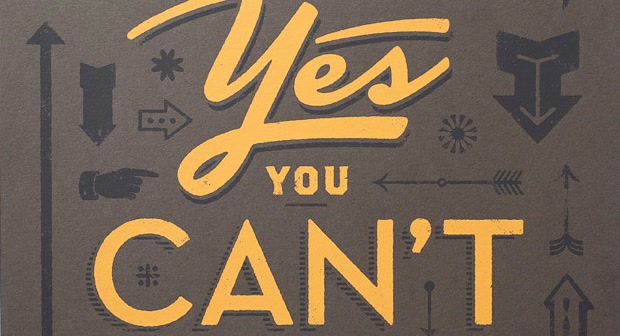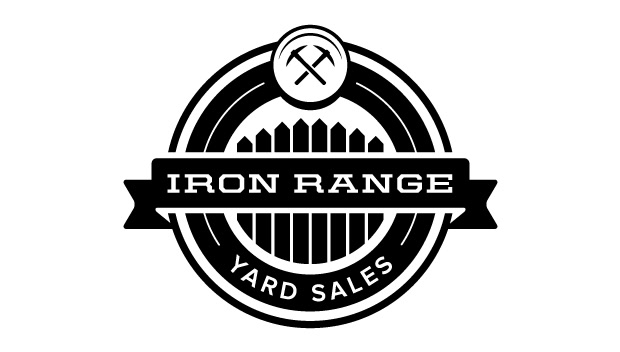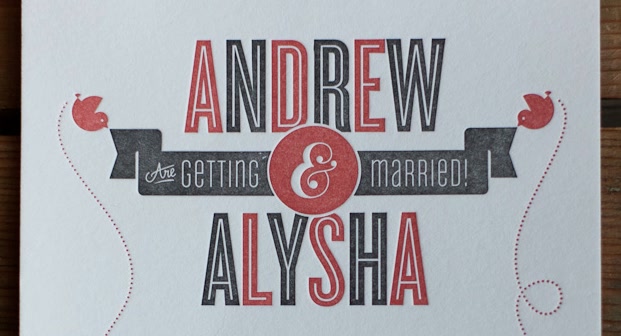One Minute With…
Seth Nickerson

Hi Seth, thanks for taking time to chat with One Minute With. Tell us a little bit about yourself and your work.
I’m a designer in the Washington, DC area. I’m drawn to typography, illustration, and branding, but overall I just want to do good, meaningful work with lasting value. I’ve been practicing professionally for a while, but I don’t feel like I have anything figured out yet. I didn’t get a great formal design education, which makes me self-conscious at times, but also drives me that much harder, since I know I’m at a disadvantage. I’d like to think that I’m a bit of a late bloomer and I’m just starting to hit my stride. I hope to still be churning out work in my 80’s like Paul Rand, or Seymour Chwast and Milton Glaser.
Walk us through a typical day in the life of Seth Nickerson.
I like to start every morning by waking up. It’s a great way to start the day. After that, I eat a large breakfast and lament the fact that I have to face traffic in a car instead of commuting by jetpack. The commute does give me a chance to listen to music or podcasts though, so it’s not all bad. Usually the office is quiet in the mornings, so after I take a few sips from the Internet Firehose, I try to use that to my advantage by allowing myself to get absorbed in a project. There’s no specific routine after that, but distractions and interruptions always seem to abound in the afternoon. In the evening, I spend a little time with my kids and then usually work until tiredness overcomes me or I force myself to stop and go to bed. My evening work is split between freelance design and helping my wife with the photography business that she runs. In the gaps, I try to fit some reading, sketching and exercise in, usually failing.

How did you get your first design client?
Well, I guess the first-ever “design” project I did for a client was laying out the award certificates that the local elementary school handed out at the end of the year, when I was maybe 15 years old. I can’t recall for sure, but I think my mother was instrumental in helping me land that gig. Thanks Mom.
How do you approach a new project? What’s your design process like?
It depends on what it is, but if possible I like to take a few days and just think and do research. I find that thinking about a design problem while I’m doing routine things during the day usually generates better ideas than trying to force the thinking only while I’ve got a pencil or mouse in my hand. Then I sit down and commit some of those ideas to paper or the screen. I usually go back and forth between sketching on paper and on the computer. Each feels like it opens up its own directions and possibilities, and when I’m using only one or the other it can feel limiting.
It’s easy to stray off target from what the project calls for, so to reign myself in, I write some key words or phrases in the margin. Doing some word association based off of those key words can work wonders, too, in helping to visualize or combine concepts. Then I always go back at some point and think critically about the work, trying to look at it from different points of view and justify each decision. I never want to be caught off guard by a client asking why some choice was made.

Your work has a quirky, retro feel to it – The perfect blend of the old and the new. Where do you get inspiration from?
I’m still finding my style, but I’m a quirky person and I guess that comes out in my work. Chuck Close said “Inspiration is for amateurs; the rest of us just show up and get to work.” There’s a lot of truth to that, I think. There are some days when I feel more inspired to make things than others, but I think there are a lot of misconceptions today about inspiration and creative work. Influence and inspiration are two different things to me. Of course, I love poring over envy-inducing portfolios and design blogs, but I can just as easily feel inspired by reading Calvin and Hobbes strips, or listening to an album I love, or going to the library.
Much of your work ties in with the current design trend of retro hipster design. Did you knowingly fit in with the trend, or was it a natural evolution? And how important are trends to the progression of design, do you feel?
It’s hard to say. I think mostly it is a byproduct of that type of design playing to my strengths. I’ve always admired people who can strip something down to a simple but still distinguishable form. There’s also all this great design from past eras making its way online and getting easier to access, which has given me a deeper appreciation for design’s history. I like to evoke nostalgia in my work since it’s such a powerful feeling, but I try not to aim for vintage or retro for no reason at all. Hopefully it makes sense for the purpose of each design.
Trends in general are very important to design progress. “Trendy” design shouldn’t be a negative label, but it can be problematic when designers get overexposed to the same content and just use a popular trend as a shortcut for real design thinking.

You have worked pretty extensively with both web and print. Which medium do you prefer, and why?
I don’t think I have a preference. If I do, it will probably change next week. There are so many exciting things going on in web design right now, and I love that you can reach a much wider audience by designing for the web. But I like the finality of print, and it still affords more control.
What design tools could you not live without?
Technically, I don’t think I would drop dead without any of these, but here are some things I rely on:
Wacom tablets—I have one at the office and one at home. They’re not even the nice ones, but I have some carpal tunnel problems in my right hand and I’m naturally left-handed, so I alternate between the tablet and mouse.
Scanner—Scanning sketches, old books, textures…it still gets a lot of use.
DSLR and macro lens—One of my favorite things has become documenting a printed piece with a macro lens or a prime lens.

And finally, what tips would you give to anybody who is looking to get started in design?
Observe everything around you. Experiment. Stay humble. Find things you love, then find out everything you can about them. Who created them? What else did they create? Try to go back to the source. Don’t worry about tools, worry about taste. Be nice to people. And lastly, don’t listen to people who give out lists of advice on the Internet.
Thanks Seth!
Many thanks to Seth for sharing his thoughts with One Minute With. I really enjoyed his answers, and I hope you love the interview as much I do!
Why not check out Seth’s site, and follow him on Dribbble and Twitter?
3 Comments
Claire Coullon
I love Seth’s work, it’s great reading about the process and thoughts behind it – especially the question about inspiration. Cheers for the interview!
Seth Nickerson
Thank you Claire! The love is mutual. Glad that you enjoyed reading the interview!
Noah
Over one year later- still a great read. Thanks for sharing. I always enjoy hearing the natural and simple approach to design, it reminds me I am capable of making something nice. Timeless stuff.